Winter might seem like the off-season for gardeners, but it’s actually the perfect time to grow and store your own food. While snow and frost cover the ground, certain vegetables thrive in cooler temperatures and store beautifully for months.
These cold-weather crops are not only resilient but also a smart way to keep your pantry full of homegrown goodness through the chill.
Many of these veggies can be tucked away in natural storage without any fancy equipment. All you need is a cool spot that stays above freezing, and you’re set.
Let’s explore 14 vegetables that are ideal for growing in late fall and storing into winter, and how you can make them last.
#1 Turnips
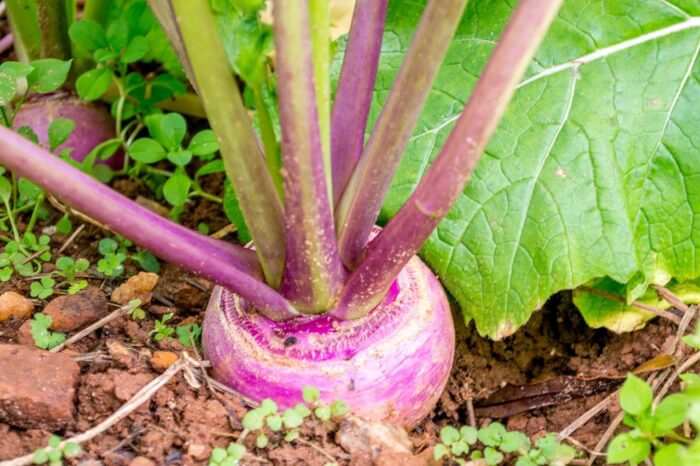
Turnips are a great winter crop with a mild flavor that gets even sweeter after frost. Once harvested, trim the tops to about 1 inch and gently brush off the dirt.
Store them in damp sand or sawdust inside boxes or totes. Keep the temperature around 32–35°F with high humidity. Check the sand now and then and mist it if it dries out. This method keeps turnips fresh for up to 5 months.
#2 Cabbage
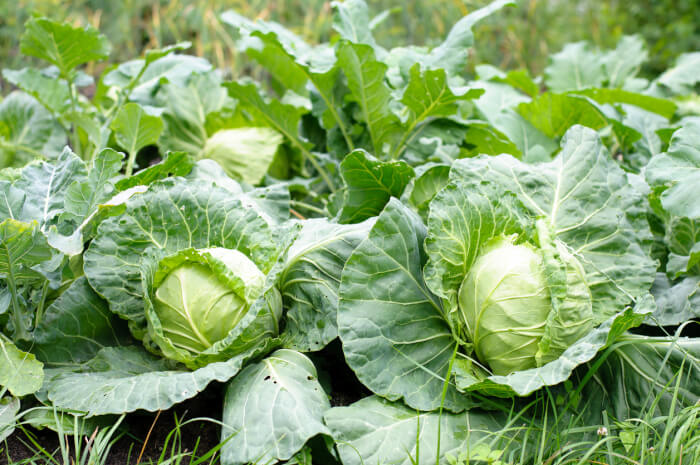
Cabbage stores surprisingly well with a little care. Don’t cut off the roots; instead, wrap each head in newspaper and place it in a crate or bucket of moist sand.
The ideal spot is cool and humid, around 32–40°F. Your cabbage can last up to 4 months this way. You’ll want to keep an eye out for any leaves that start to wilt or mold and remove them as needed.
#3 Winter Radishes

These radishes are larger and more robust than spring types, which makes them perfect for storing. Once harvested, brush them clean and store them in damp sand in a cool, dark place.
A temperature range of 32–35°F with high humidity works best. They’ll hold up for 2 to 4 months. Use them in soups or shred them into slaws for a refreshing crunch.
#4 Potatoes
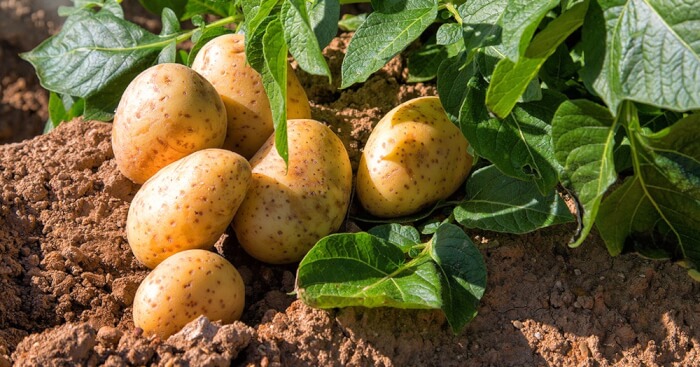
Potatoes are a winter storage staple if you cure them properly. After harvest, leave them in a dark, dry space for a couple of weeks to toughen up the skins.
Then place them in bins or boxes with a few air holes, and store in a dark place around 32–40°F. Avoid washing them before storing. Depending on the variety, they’ll stay fresh for 4 to 9 months.
#5 Beets
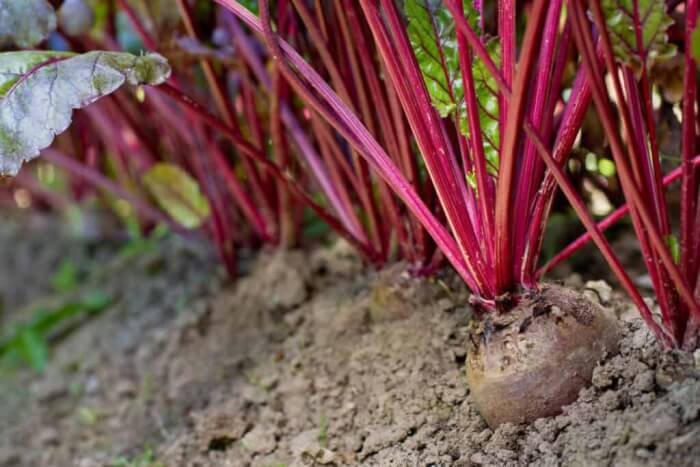
Beets are rich in flavor and nutrients, and they keep well in cool conditions. Trim the tops and roots down to 1 inch without washing off the soil.
Pack them in layers of damp sand or sawdust in bins or totes. A chilly, humid spot between 32–35°F is just right. Stored this way, they’ll last about 5 months and still taste garden-fresh.
#6 Apples and Pears
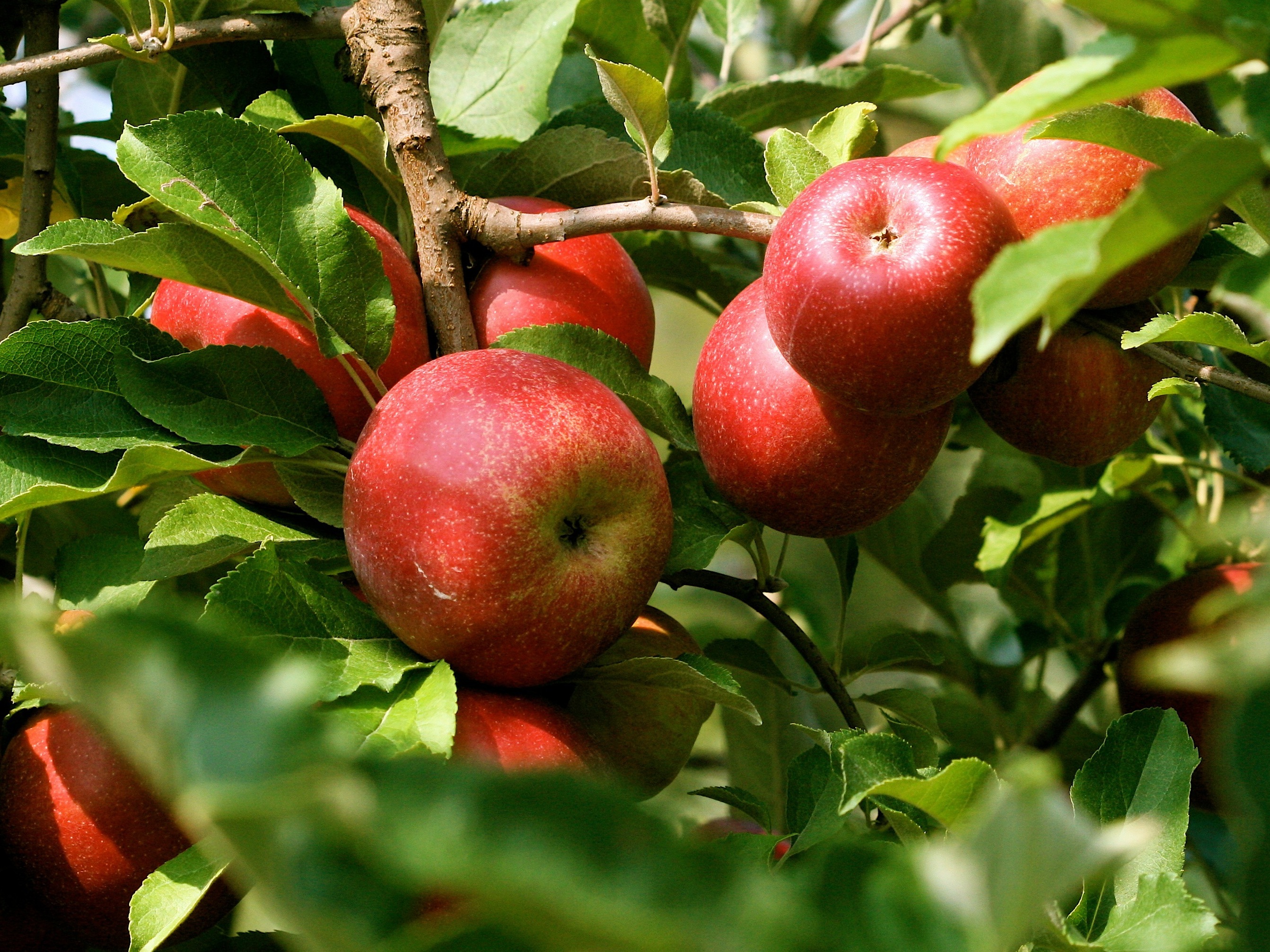
These fruits can keep for months if stored with care. Wrap each one in newspaper or shredded paper so they don’t touch each other, which helps prevent bruising.
Then place them in ventilated crates in a cool spot at 32–40°F. High humidity is helpful, but avoid moisture build-up. Check weekly and remove any soft or overripe fruit to keep the rest in good shape.
#7 Garlic
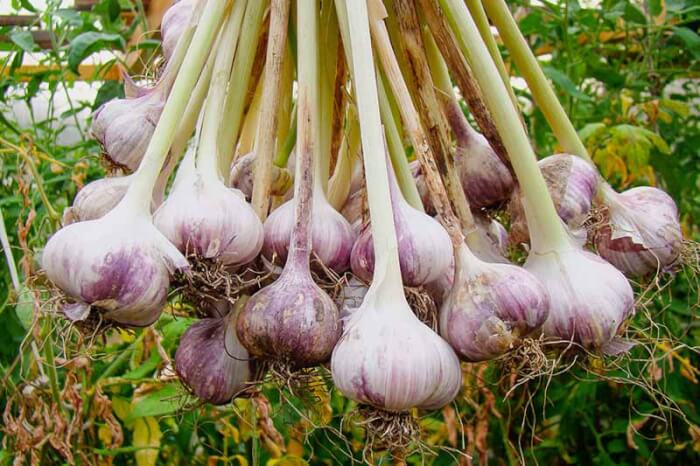
Garlic doesn’t need fancy treatment, just the right conditions. Once cured and dried, store the bulbs in mesh bags or baskets in a cool, dry area.
The best temperature range is between 32–50°F with low humidity. Avoid plastic containers that trap moisture. Properly stored garlic stays good for up to 6 months.
#8 Parsnips
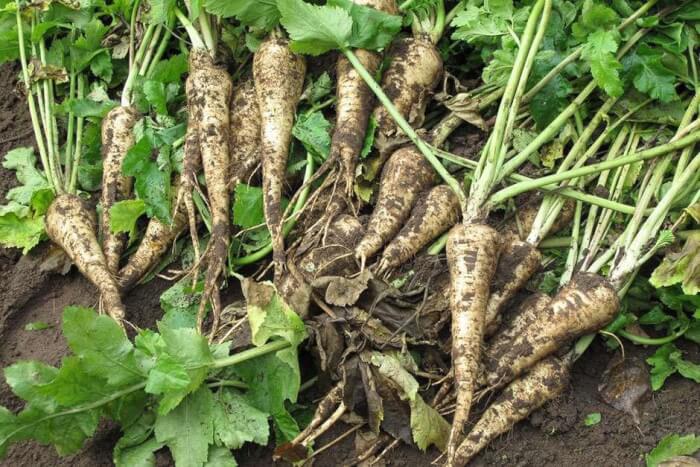
These sweet, nutty roots are great for cold storage. Start by trimming the tops and brushing off any dirt, then sort them by size.
Layer in boxes of damp sand or sawdust, placing the larger ones at the bottom. Keep your storage area around 32–35°F with high humidity. Parsnips will stay crisp and flavorful for 3 to 5 months.
#9 Pumpkin
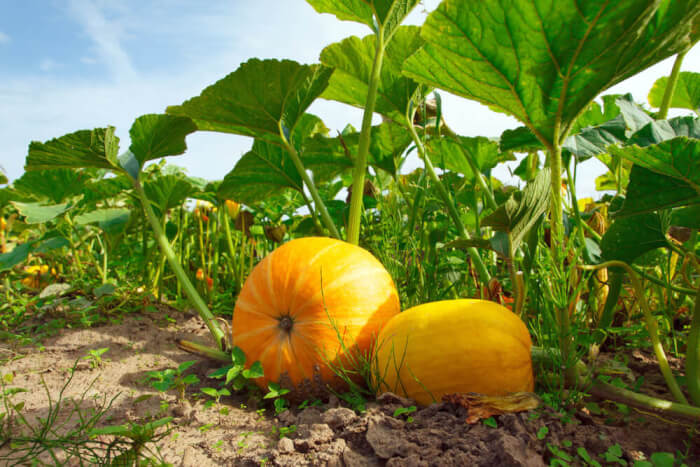
Pumpkins can last several months when handled gently. Cure them for about 10 days in a warm spot (80–85°F) to harden the rinds.
Then move them to a dry area with good airflow and cooler temperatures around 50–55°F. Avoid stacking to prevent bruising. A properly stored pumpkin can last all winter.
#10 Onions
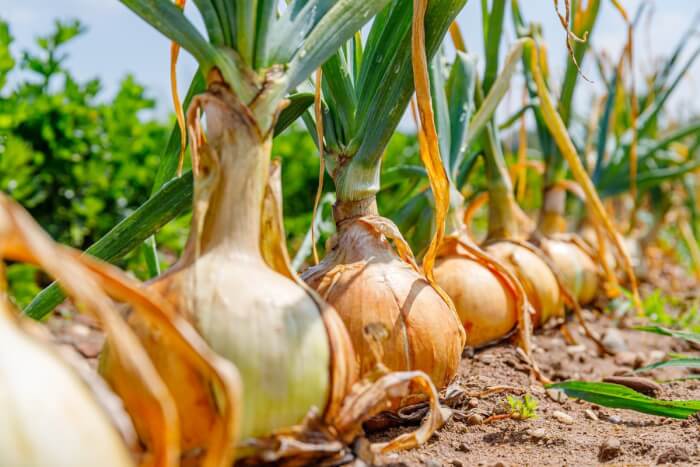
Onions need to cure thoroughly before storage. Spread them out in a single layer in a shaded, breezy spot for a few weeks.
Trim the tops to an inch, then store in mesh bags or baskets in a dry, cool space between 32–50°F. Keep the area low in humidity to prevent mold. With the right care, onions can last up to 6 months.
#11 Carrots
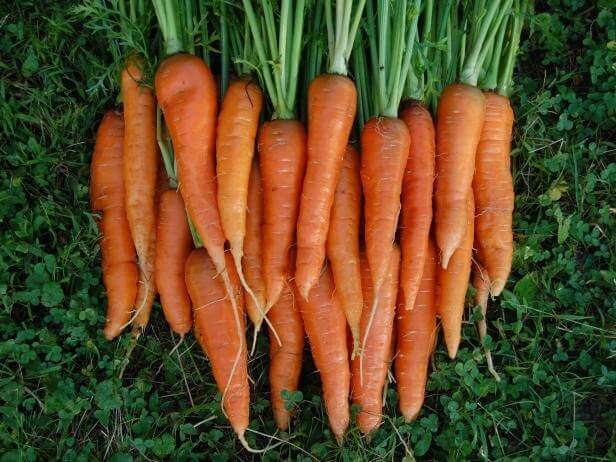
Carrots hold up well in cool, damp conditions. Trim the tops and brush off excess dirt, then sort by size. Store them in boxes of damp sand or sawdust, layering with the larger ones at the bottom.
Cover each layer with about 1/4 inch of sand and add a thick layer on top. Stored around 32–35°F with high humidity, they’ll stay fresh for up to 6 months.
#12 Winter Squash
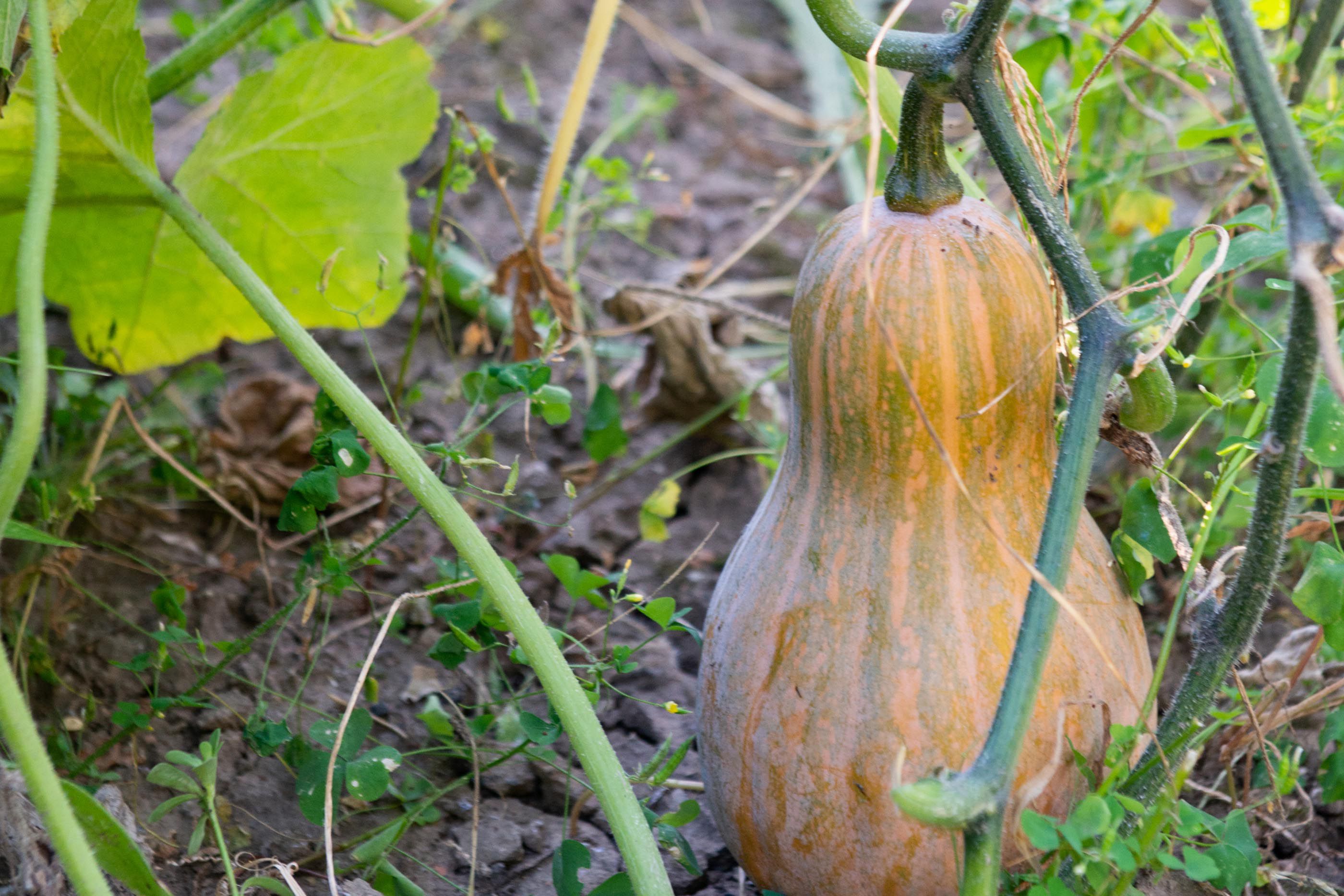
Winter squash, like butternut or acorn, stores beautifully after curing. Let them sit for 10 days in a warm spot to thicken their rinds.
Then move to a dry, cool place with temperatures around 50–55°F and moderate humidity. Good ventilation is key. Depending on the variety, they’ll last 3 to 6 months.
#13 Rutabagas
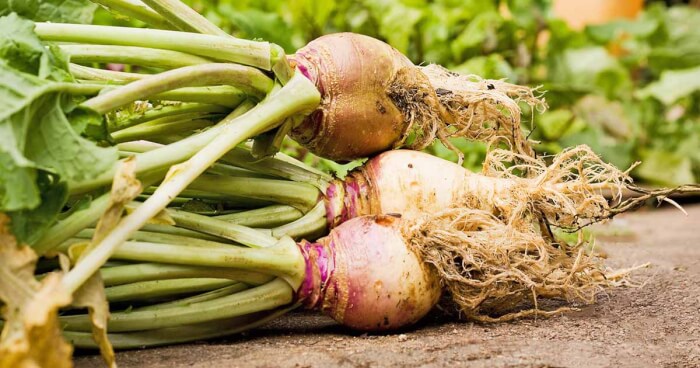
Rutabagas are hearty roots that store well with just a little prep. Trim the tops and roots to about 1 inch and brush off dirt. Pack them into boxes with damp sand or sawdust.
Store in a cool spot between 32–35°F with high humidity. Check the moisture level occasionally, and they’ll last around 2 to 4 months.
#14 Celeriac
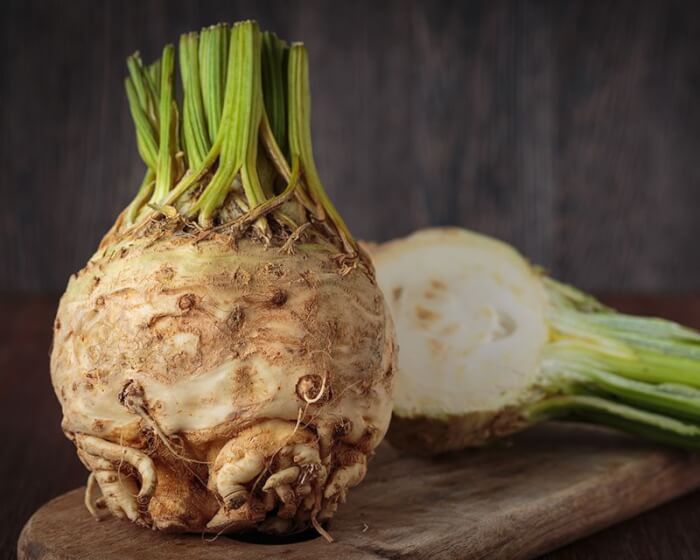
Celeriac has a mild, earthy flavor and is excellent for storage. Trim away the tops and roots, then shake off the loose soil without washing.
Layer them into damp sand or sawdust inside a box or tote. The best place is somewhere cool and humid, around 32–35°F. Under the right conditions, they’ll stay fresh for up to 4 months.
